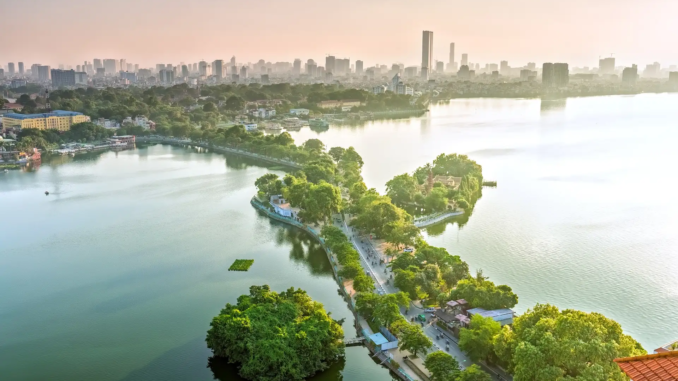
Hà Nội (Hanoi), the capital of Vietnam, is a city steeped in history and culture. It is located in the northern part of the country, on the banks of the Red River.
Ha Noi is a city with a rich history and culture, dating back over 1,000 years. This is a popular tourist destination, known for its beautiful architecture, vibrant street life, delicious food, and friendly people. Ha Noi is also a great base for exploring other parts of Vietnam such as Ha Long Bay, Sapa, and Ninh Binh.
Location
Ha Noi is located in the Red River Delta in northern Vietnam. It is about 100 kilometers from the Chinese border and 1,700 kilometers from Ho Chi Minh City. Ha Noi is surrounded by mountains and rivers, and it has a tropical climate.
Transportation
The international airport at Noi Bai, located 45 kilometers from the city center, serves the capital of Vietnam. Trains on the Reunification Express route travel to numerous important locations, including Dong Hoi (Phong Nha) and Lao Cai (Sapa). Hanoi offers a variety of transportation alternatives, such as motorbikes, buses, and taxis. On-demand transportation services are provided by Grab and a few other ride-hailing applications. The bus system in Hanoi offers inexpensive fares and a wide coverage area throughout the city. Lastly, you can hire a traditional cyclo to take a sightseeing tour of the Old Quarter.
Hanoi is a very walkable city, but you can also get around by taxi or motorbike taxi. Be careful when crossing the street, as traffic can be chaotic.
Weather
Ha Noi has a tropical climate with two distinct seasons: a hot and humid summer from May to October, and a mild and dry winter from November to April. The best time to visit Ha Noi is during the winter months, when the weather is pleasant.
The best time to visit Hanoi is during the dry season, which runs from November to April. During the wet season, from May to October, the weather can be hot and humid.
Top destinations to explore
1. Phố cổ Hà Nội (Hanoi Old Quarters)
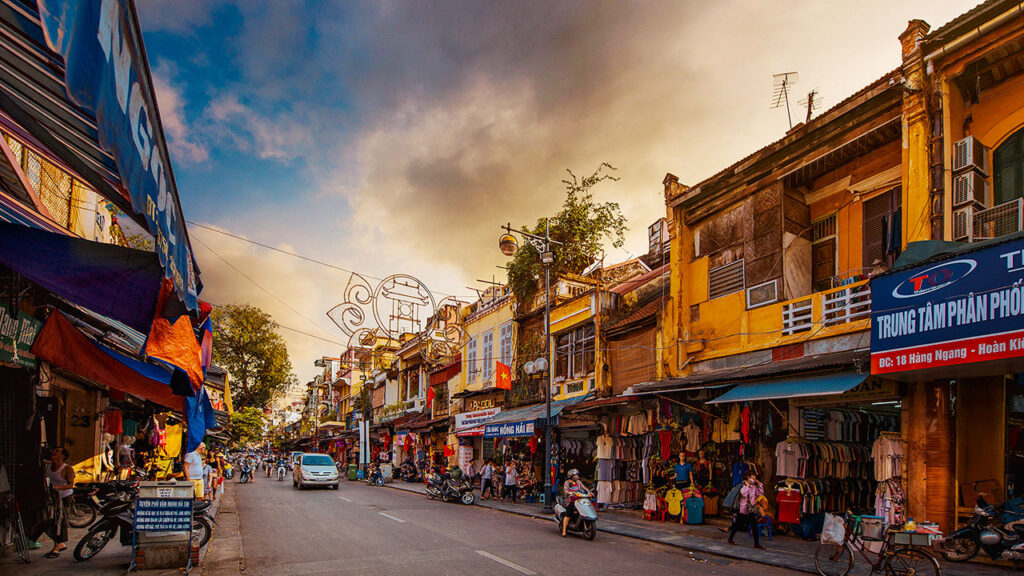
The Old Quarter is the oldest part of Ha Noi and it is full of narrow streets, temples, and shops. The 36 streets that make up the one square kilometer of Hanoi’s ancient Old Quarter. Each street has been home to artisans and craftsmen who traded in the particular goods for which it was named since the 15th century. These streets’ attractiveness is still present today. Get ready to be amazed as you stroll through the close proximity of silver street, bamboo street, silk street, and decoration street.
2. Lăng Chủ tịch Hồ Chí Minh (Ho Chi Minh Mausolem)
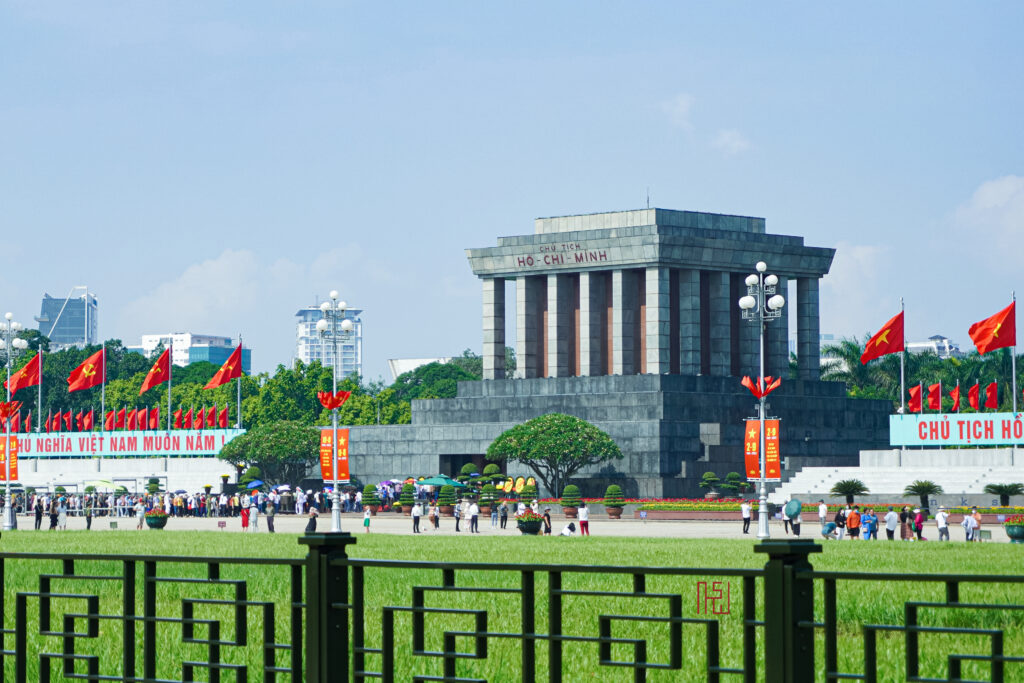
The Ho Chi Minh Mausoleum is the final resting place of Ho Chi Minh, the former president of Vietnam. The mausoleum’s construction began in 1973, two years after Ho Chi Minh’s passing, and was completed in 1975. Inspired by Lenin’s Mausoleum in Moscow, the Ho Chi Minh Mausoleum embodies a blend of Soviet-style architecture and traditional Vietnamese elements, reflecting the deep-rooted ties between Vietnam and the former Soviet Union. The exterior of the mausoleum is clad in grey granite, exuding an aura of dignity and permanence. Its interior, adorned with polished stone and marble, houses the preserved body of Ho Chi Minh, encased in a glass sarcophagus.
Visiting the Ho Chi Minh Mausoleum is a profoundly moving experience that offers a glimpse into the profound respect and admiration that the Vietnamese people hold for their founding father. The mausoleum is open to the public every morning except Monday, and visitors are required to adhere to a strict dress code, refraining from wearing shorts, sleeveless shirts, or hats. Upon entering the mausoleum, an atmosphere of hushed reverence descends as visitors walk in single file, passing by Ho Chi Minh’s preserved body. The sight of the frail, peaceful figure lying in repose serves as a poignant reminder of the sacrifices made by the man who dedicated his life to the liberation of his country.
3. Nhà thờ Lớn Hà Nội (Saint Joseph’s Cathedral)
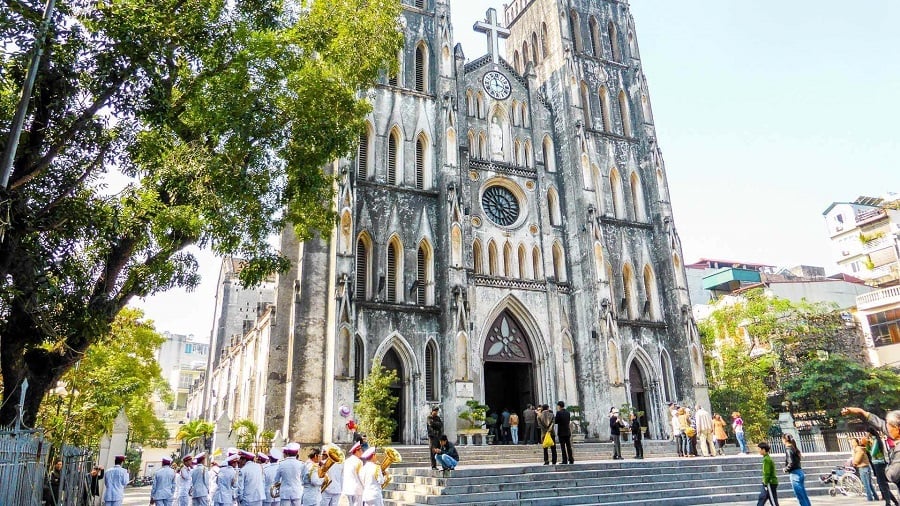
Saint Joseph’s Cathedral (also known as Hanoi Cathedral), was built on the site of the Bao Thien Tower, which was the most famous landmark in the capital during the Ly Dynasty. The Notre Dame de Paris’ Neo-Gothic design served as the architect’s source of inspiration. When you go, be prepared to witness a diverse gathering of worshippers and lots of newlywed Vietnamese couples posing for beautiful photos.
4. Văn miếu Quốc Tử Giám (Temple of Literature)
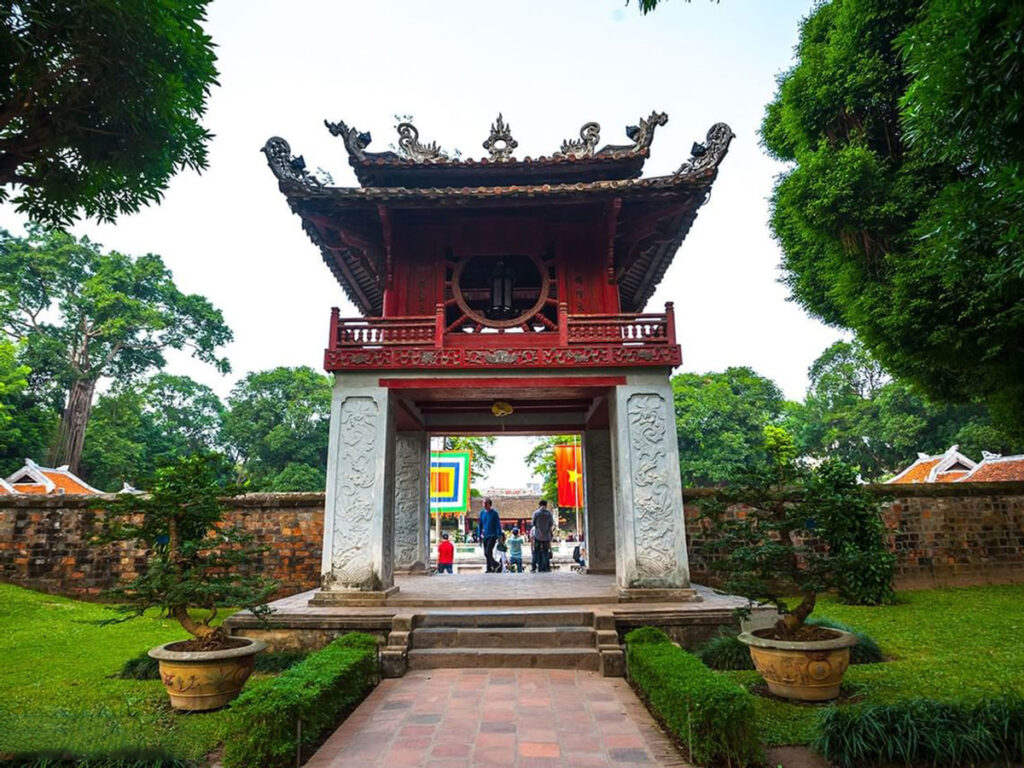
The Temple of Literature, also known as Văn Miếu, is a sprawling complex of courtyards, pavilions, and gardens, meticulously designed to embody the principles of Confucian harmony and balance. As visitors step through the imposing Great Gate, they are transported into a world of tranquil beauty, where the serenity of the courtyards and the gentle murmur of ponds provide a welcome respite from the city’s vibrant energy.
Beyond its historical and cultural significance, the Temple of Literature is a beloved gathering place for locals and visitors alike. During exam periods, students flock to the temple to pray for success, rubbing the heads of the moss-covered stone turtles that adorn the stelae in the hope of gaining good fortune. Meanwhile, locals and tourists alike stroll through the serene courtyards, soaking in the tranquil atmosphere and admiring the intricate architecture.
5. Hồ Hoàn Kiếm (Hoan Kiem Lake)
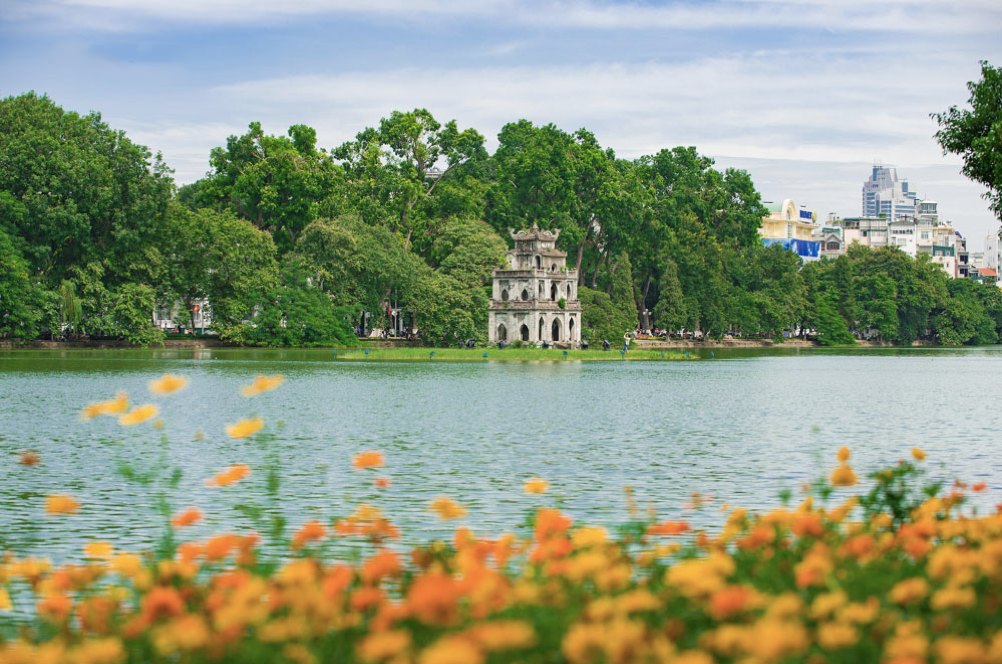
According to legend, in order to overthrow the Ming dynasty, Emperor Ly Thai To was given a magical sword by a gigantic golden turtle that resided in the lake. After winning, Ly Thai To returned the sword to the turtle that had dove to give it back to the gods. Hoan Kiem Lake is well-known for both its natural beauty and its window into Hanoians’ everyday lives. It comes alive every morning with walkers, aerobics classes, and even a laughing yoga group; after dusk, it comes alive again, crowded with residents enjoying the evening air.
6. Múa rối nước (Water Puppetry Show)
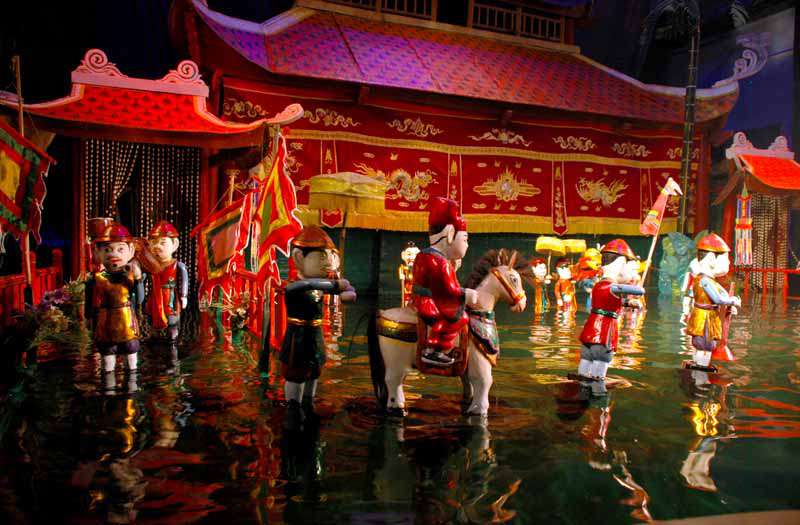
Water Puppetry is a traditional Vietnamese art form that involves puppets performing on water. This has been performed in Vietnam since the 11th century, and is great for a quick laugh and a glimpse into the culture. Puppeteers manipulate the lacquered wooden characters from behind a screen while wading through waist-deep water while holding bamboo poles to portray scenes from rustic village life.
7. Chùa Một Cột (One Pillar Pagoda)
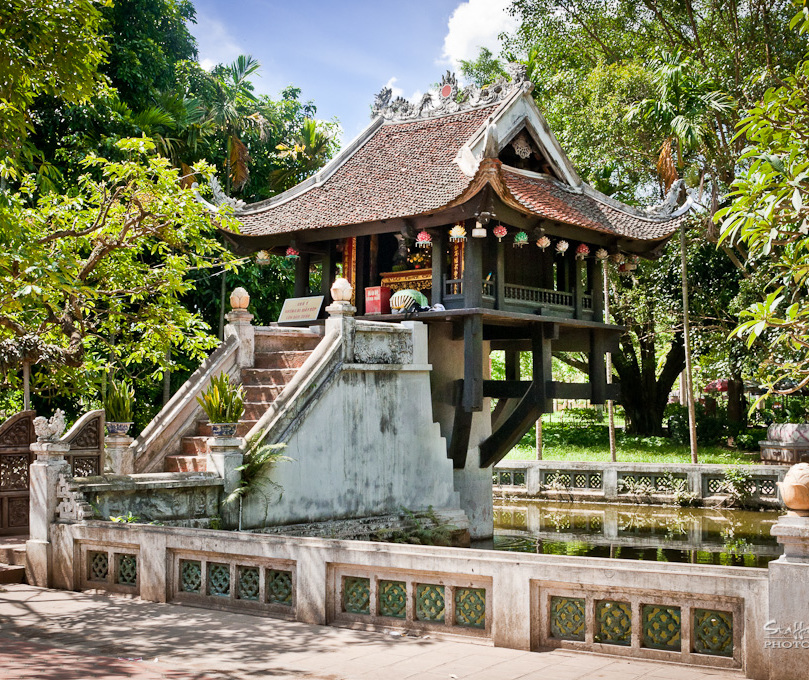
Emperor Ly Thai To erected this Buddhist timber pagoda in 1049 atop a lone stone pillar in the center of a lotus pond. According to the archives, it was constructed in remembrance of the Goddess of Mercy, who granted the Emperor’s wish for a male heir. The building is intended to mimic a lotus flower, which is a Buddhist symbol of purity, blooming from murky waters.
Food
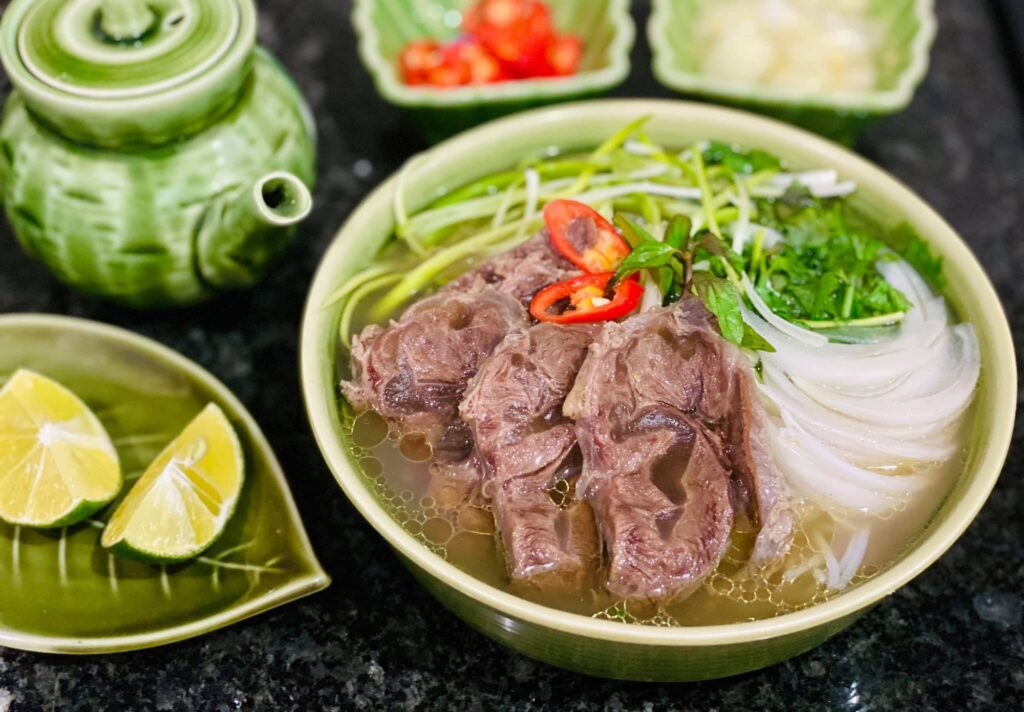
Phở, is a traditional noodle soup that traces its origins to the streets of Hanoi in the early 20th century. It is a deceptively simple dish, yet its preparation is an art form passed down through generations, requiring patience, precision, and a deep understanding of the delicate balance of spices and flavors. The broth, the foundation of the dish, is the culmination of hours of patient simmering, resulting in a clear, golden liquid that exudes a tantalizing aroma, promising a culinary journey to Vietnam’s soul.
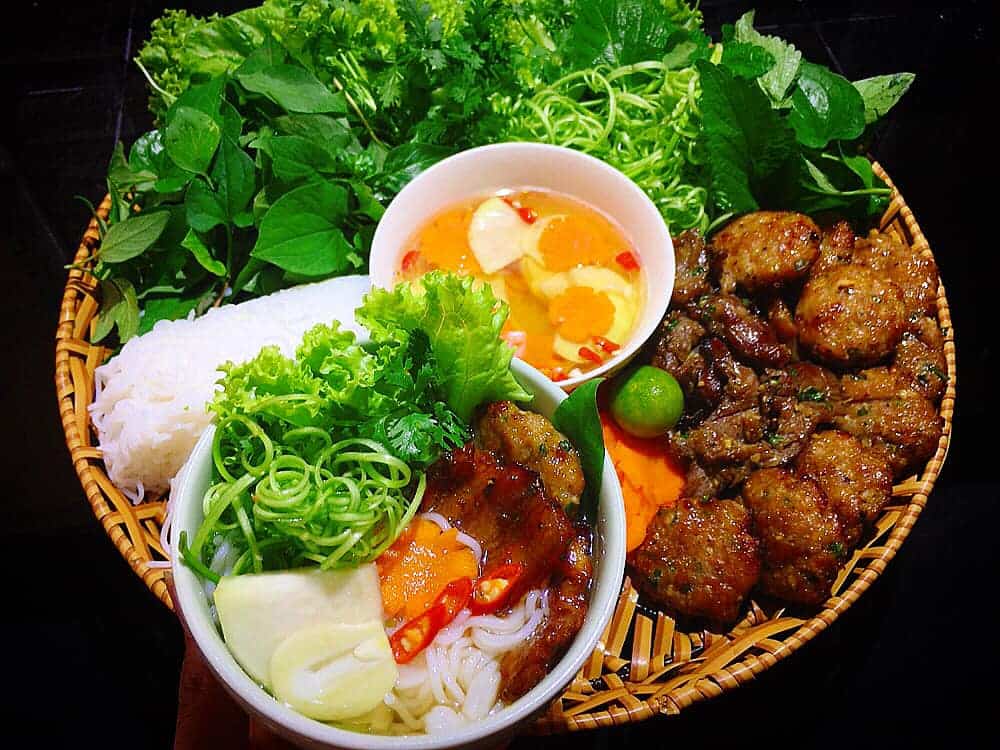
Bún Chả, a traditional dish that originated in the early 20th century, is a harmonious blend of grilled pork patties, rice noodles, and a delectable dipping sauce. Its simple yet exquisite combination of flavors has captured the hearts of food enthusiasts worldwide, making it a must-try for anyone visiting Hanoi.
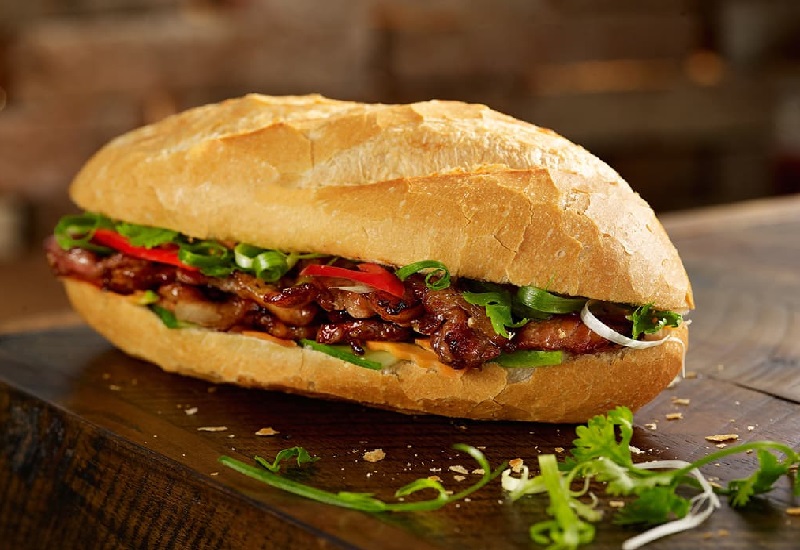
Bánh Mì: the essence lies in its simplicity and the delicate balance of its ingredients. The foundation of the sandwich is the baguette, a crusty, airy bread that provides the perfect contrast to the soft, savory fillings. The fillings themselves are a culinary symphony, typically featuring a combination of grilled or cured meats, pickled vegetables, fresh herbs, and a flavorful sauce. The meat typically used in Banh Mi varies, but popular options include succulent grilled pork, savory cured pork belly, or flavorful pate.
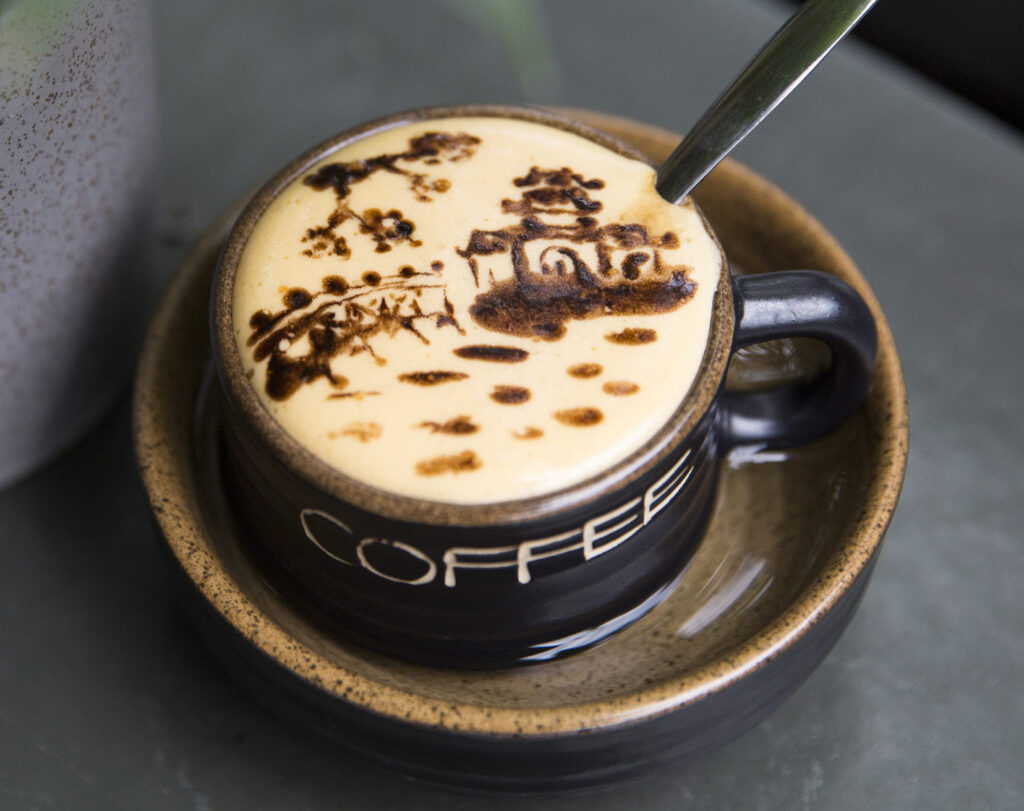
Cà phê trứng (Egg coffee): The key component is the egg yolk, which is carefully separated from the white and whisked vigorously with sugar and condensed milk until a thick, frothy mixture is formed. This creamy mixture is then poured over a steaming cup of strong Vietnamese coffee, creating a mesmerizing visual contrast. The rich and creamy egg yolk mixture seamlessly blends with the robust coffee, creating a symphony of textures.
Accommodation
– Hanoi La Siesta Hotel & Spa: This 4-star hotel is located in the heart of Hanoi’s Old Quarter, within walking distance of many popular tourist attractions.
– Sofitel Legend Metropole Hanoi: This historic hotel has been welcoming guests since 1901. It is located in the heart of Hanoi’s French Quarter, near the famous Opera House.
– Lotte Hotel Hanoi: This 5-star hotel is located in the Tay Ho district, on the shores of West Lake.
– InterContinental Hanoi Westlake: This 5-star hotel is located in the Tay Ho district, on the shores of West Lake.
– Pan Pacific Hanoi: This 5-star hotel is located in the heart of Hanoi’s business district.
Ha Noi is a vibrant and exciting city with something to offer everyone. Whether you are interested in history, culture, or food, you are sure to have a great time in Ha Noi. If you plan to visit Ha Noi, don’t forget to apply Visa. With the easy and fast Visa procedures, you can travel to Vietnam at any time!